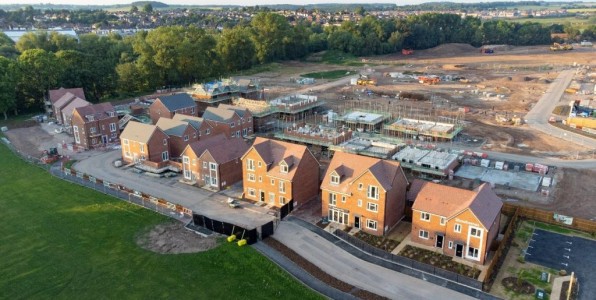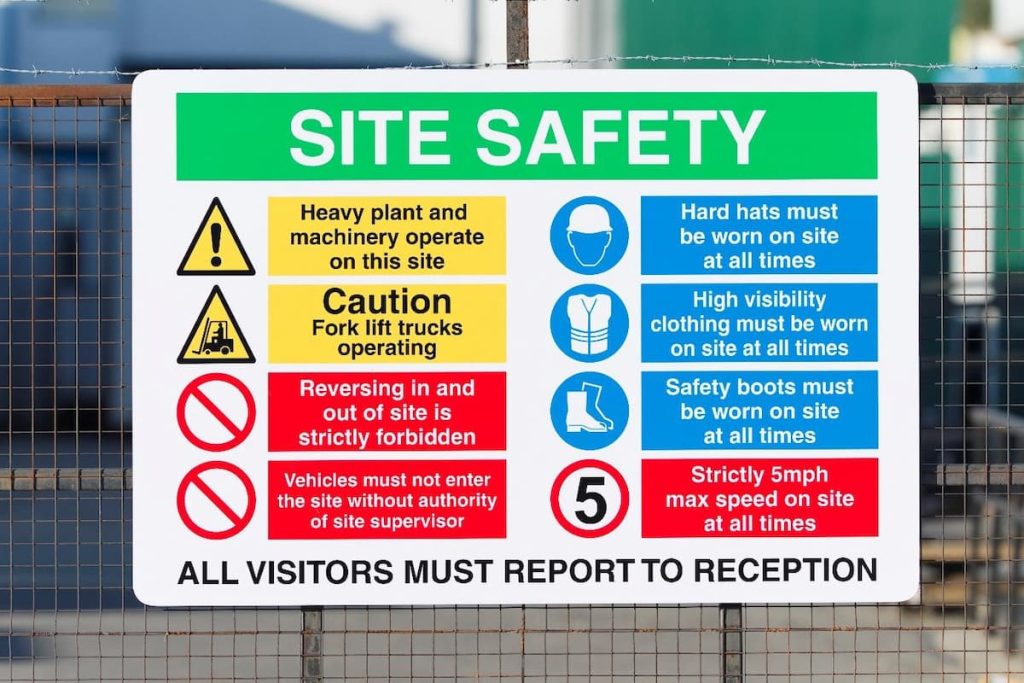Navigating Occupational Hazards In Construction: How To Stay Safe During Construction Project Handling

Navigating Occupational Hazards In Construction: How To Stay Safe During Construction Project Handling
The post Navigating Occupational Hazards In Construction: How To Stay Safe During Construction Project Handling appeared first on UK Construction Blog.
Construction projects, making up a considerable chunk of the global economy, are riddled with potential occupational hazards. An occupational hazard is a danger connected with doing a particular line of work. This article delves into hazards in construction and how we can navigate them to stay safe when handling projects.Â
Managing a construction project is bound to be fraught with potential hazards. There is no one size fits all approach for mitigating hazards in construction. The responsibility for mitigation is borne by stakeholders throughout the supply chain. LKAB Minerals have six golden rules designed to put safety first and reduce the risks of potential hazards. These rules are conducted in a manufacturing setting but are relevant to hazards in construction. The rules they use highlight the importance of setting out a healthy culture on site to tackle any potential construction site hazards.
Although they use this system, every construction site will have its own occupational hazards depending on the nature of the project they are handling. As a result, they will also have their own processes on how to mitigate occupational hazards bespoke to this.

Recognise and praise good behaviour.
The first golden rule is to recognise and praise good behaviour. Culture is a massive contributor to occupational hazards both in manufacturing and construction. It can affect the way people perform and behave. This contributes to the number of incidents and injuries. Challenging the existing culture and encouraging and praising good behaviour allows us to set new standards of what is acceptable and instigate safer practices. Starting by praising good practice and a healthy culture is sure to set a precedent and limit construction site hazards. Whether this is good procedures or implementation of equipment designed to reduce hazards, this is sure to have an impact.
Lead by example
Secondly, leading by example is something that applies to everyone in the construction industry. Although it helps when a good culture trickles down from the top. Setting high standards of behaviour encourages those around us to follow the example. To affect any real change, it must be set in stone from above. This is a really straightforward way to positively change culture and resonates throughout the entire industry right from the start of a career in the construction industry. This is so important as it creates a long-term culture of reducing construction hazards.
Let’s talk.
Creating an environment where communication is encouraged is vital for reducing hazards in construction. There are two key reasons for this; learning from previous hazards or raising them early on and dealing with individuals’ health that could have a knock-on effect at work.
Hazards may not always be physical in construction, and potential physical hazards could stem from something else. Working together as an organisation to create an environment characterised by trust is so important. It is paramount that it is ok to talk about how tasks are organised and how we behave towards each other. Not only can this affect individuals’ health and well-being inside and out of work, but it can also lower the hazards in construction.
Stop and think – what can go wrong?
Hindsight is a wonderful thing and something with which we are rarely gifted. With hindsight, it is paramount to consider what could be done differently if you wind the clock back to before a serious incident. Organisations need to look internally to examine hazards which have resulted in an incident within the construction industry. Learning lessons from previous incidents is essential for mitigating hazards of the future. As such, we must identify different courses of action, or behaviour that could prevent an incident. No matter how many times you have performed a task, something could always change, and hazards can be reduced.

Never bypass a system designed to prevent harm.
Safety systems and procedures are implemented on construction sites for a reason, to reduce hazards. It is important to have a zero-tolerance attitude to individuals and organisations looking to bypass them.
Should a system or procedure be deemed impractical, which no one in the construction industry wants, it must be challenged and modified to better suit. However, it is important to continue following them until changes are made, no matter how impractical they may seem. They are there for a good reason, to reduce hazards, so measures should never be actively sidestepped. If the other rules such as ‘let’s talk’ are implemented, there will be a culture where impracticalities can be raised in the appropriate channels.
Always challenge acts that could cause harm.
There are so many acts conducted on construction sites which could potentially be a hazard or result in an incident. We all have a responsibility to call them out when we see them and do something about it, no matter how busy we are. It is important to act on what we see and lead by example. Often on construction sites, turning a blind eye could reinforce negative behaviour or processes. This is only going to result in additional hazards in construction, which could result in incidents or injuries.
Conclusion
LKAB Minerals’ six golden rules are not a one-size-fits-all solution for mitigating construction site hazards. However, when implemented they help to create a safer environment with fewer hazards in the manufacturing industry, with clear parallels for construction. There is no one solution for creating a hazard-free workplace, and the best way is to get the whole construction industry on board and committed to fewer occupational hazards. Implementing the six golden rules helps to create a culture in the industry or organisation whereby people follow best practices and communicate improvements to be even safer in the future.
Comments are closed